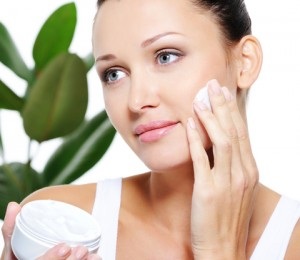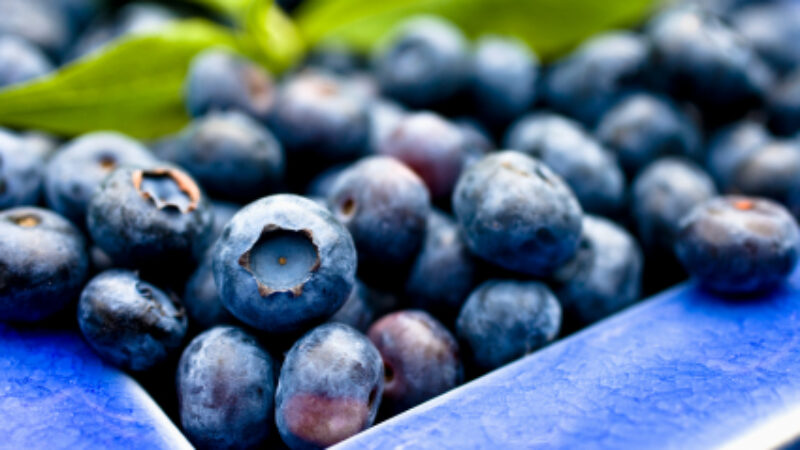 Glycobiology, the study of glycans, or sugar chains (such as mannose) in and around cells, is not a new science, playing a role in the development of anti-viral medications. What is new about glycobiology is that it is now being used to study the aging of the skin.
Glycobiology, the study of glycans, or sugar chains (such as mannose) in and around cells, is not a new science, playing a role in the development of anti-viral medications. What is new about glycobiology is that it is now being used to study the aging of the skin.
Glycans are major components of skin cells. They bind to the cell’s surface and act as cell communicators, helping to “deliver” messages. These messages encourage cells to attract moisture, maintain elasticity, produce collagen and renew themselves. As we get older, glycans tend to work less efficiently, leading to wrinkles and loss of firmness, signs of aging skin.
When glycans are applied topically they act as receptors for hyaluronic acid in the skin, attracting and absorbing moisture and plumping up the skin. While an emollient moisturizer will give the skin the same well-hydrated appearance, some researchers believe that glycans may be able to penetrate the skin and cause biochemical changes that have long-term effects. Imagine being able to generate change at a cellular level that would allow us to produce only youthful, smooth skin cells, whatever our age?
As the skin care industry introduces new ingredients in the fight against the signs of aging, expect to see more glycans in skin care products. One that has recently appeared on the scene is mannose, a sugar monomer that is classified as a humectant by the International Nomenclature of Cosmetic Ingredients. Including mannose in skin care products may boost the skin’s ability to retain moisture, smoothing out fine lines and wrinkles. And there’s no doubt that hydrated skin appears more healthy.
It is still too early to tell whether or not glycans hold the key to youthful skin and larger studies are needed to determine the long-term benefits of topically applied glycans. In the meantime, I happy to hear that scientists have given us yet another beneficial ingredient to add to our skin care arsenal.




I think you have noted some very interesting details , thankyou for the post.